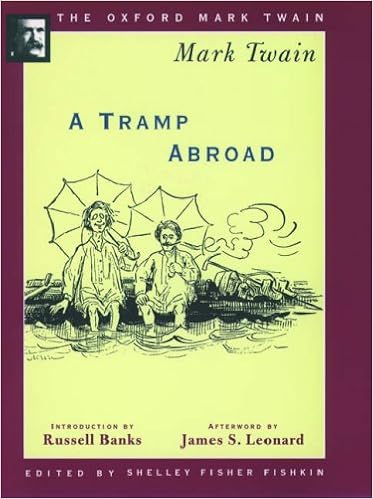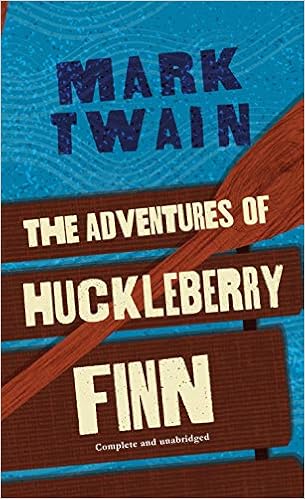
A Tramp Abroad (1880) (The Oxford Mark Twain)
Description
About the Author Samuel Langhorne Clemens (1835-1910), better known by his pen name Mark Twain, was an American humorist, novelist, writer, and lecturer. Shelley Fisher Fishkin is at University of Texas, Austin.
Features & Highlights
- A Tramp Abroad
- , published in 1880, is Mark Twain's second travel book, a sequel to his immensely popular
- The Innocents Abroad
- . Here Twain returns to Europe in the company, as Russell Banks puts it in his introduction, of a genial "goad, guide, and all-purpose straight man" modeled on hisfriend and real-life traveling companion, Joe Twitchell, who "plays Butch Cassidy to Twain's Sundance, Sancho to his Quixote." The eccentric journey they take through Germany, Switzerland, Italy, and other countries constantly veers into imaginative burlesques, exaggerations, tall tales, andhumorous digressions, the most well known of which are the inimitable "Baker's Blue-Jay Yarn" and "The Awful German Language." The travelers gamely take in student duels, Wagnerian opera, and the works of the Old Masters; they travel by raft, train, and donkey cart, listen to folk legends anddreadful pianists, scale the Alps, and view cathedrals he found noble in their ugliness. But the sight that cheers them most is that of New York harbor on their return.
- A Tramp Abroad
- , Banks reminds us, celebrates two "American males clearly blessed with the gift of friendship, of giving it and ofreceiving and holding onto it."





